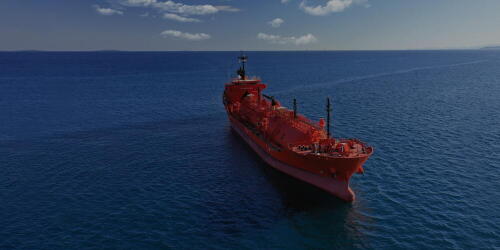Saving All My Crude For You – Houston - The Flood is Upon Us
The current capacity of incoming crude pipelines into the Houston refining region is about 1.4 MMb/d. By the end of 2015 that will have more than doubled to 2.9 MMb/d.
RBN’s Daily Energy Blog and Insights sharpen your energy IQ through fundamentals-based analysis that makes sense of North America’s energy market dynamics.
The current capacity of incoming crude pipelines into the Houston refining region is about 1.4 MMb/d. By the end of 2015 that will have more than doubled to 2.9 MMb/d.
In 2013, refineries in Eastern Canada imported 642 Mb/d of light crude. Today there are no pipelines connecting western Canadian crude supplies to the East Coast.
Natural gas prices for the nearby CME NYMEX futures contract at the Henry Hub in Louisiana have fallen by 38 percent from their high in February of $6.149/MMBtu to yesterday’s close at $3.847/MMBtu (July 24, 2014).
Houston area refineries are the first to experience the full impact of the flood of domestic and Canadian production headed to the Gulf Coast in 2013 and 2014.
There is still a lot of summer left in Texas. Some say summer in the Lone Star state runs from Cinco de Mayo through the middle of the high school football season, which sounds about right.
Refineries in the Rocky Mountains region, defined by the Energy Information Administration (EIA) EIA as Petroleum Administration for Defense District (PADD) IV, are smaller and less complex than they are in the rest of the U.S.
In 2010 Enterprise Products Partners signed a ten-year agreement with Pioneer Natural Resources to transport, process and market their crude, gas and liquids production from the Eagle Ford.
During the days when Gulf Coast refineries were dependent on crude imports for the majority of their feedstocks, tankers delivered crude from overseas markets.

NGL Voyager offers subscribers a comprehensive market analysis of natural gas liquids exports which are driven by fundamentals, and combined with the latest industry buzz. The report examines U.S. export trends for propane, butane and ethane, and includes port of origin, destination and volume.
There is no doubt about it: With its location, infrastructure and long history, Mont Belvieu, Texas, is and will remain the center of the NGL fractionation world.
If as appears likely, US regulators impose new rail tank car safety standards by the end of 2014 including the phasing out of older designs, the cost for a new car could be as much as $150,000. Retrofitting older designs to meet new standards could range between $20,000 and $60,000 per car.